Qigongapps liu zi jue six healing sounds for android
The Six Healing Sounds or Liu Zi Jue (六字訣) is one of the common forms of Chinese qigong, and involves the coordination of movement and breathing patterns with specific sounds.
Contents
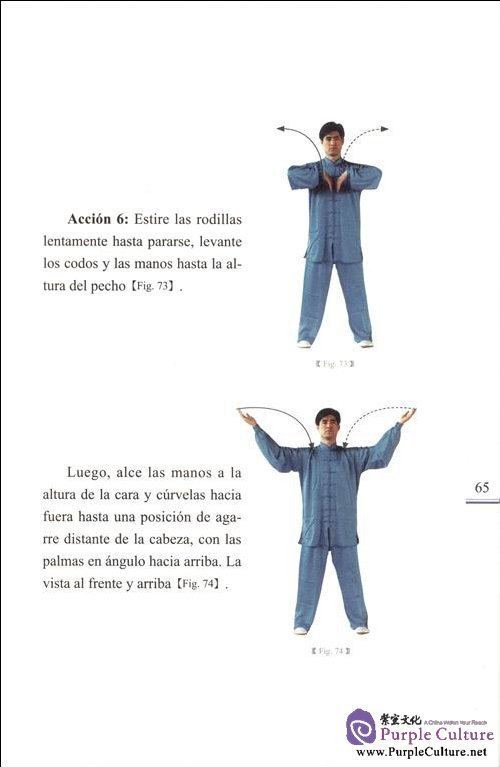
History
The Term Liu Zi Jue first appears in a book called On Caring for the Health of the Mind and Prolonging the Life Span written by Tao Hongjing of the Southern and Northern Dynasties (420 - 589). A leading figure of the Maoshan School of Taoism, Tao was renowned for his profound knowledge of Traditional Chinese Medicine. "One has only one way for inhalation but six for exhalation" he writes in the book.
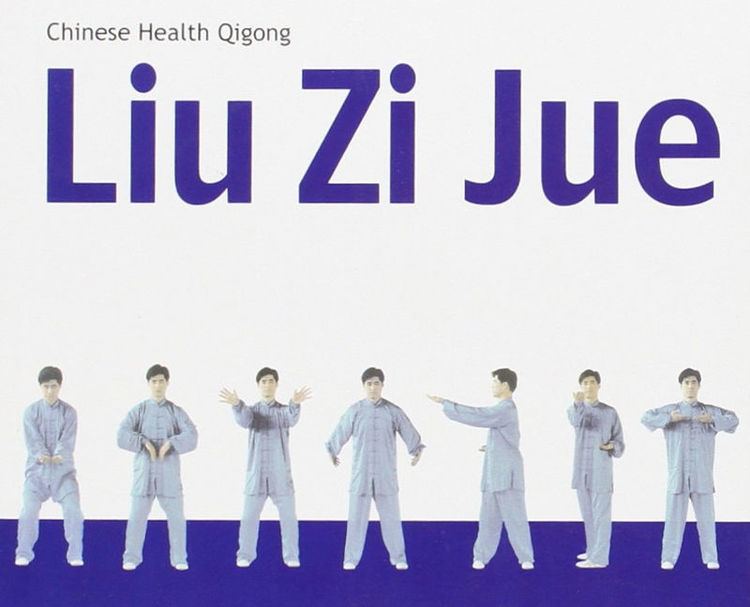
Zou Pu'an of the Song Dynasty (960 - 1279) was a major contributor in terms of theory and practice to the transmission of the exercise through his book The Supreme Knack for Health Preservation - Six-Character Approach to Breathing Exercises.

No body movements accompanied the Liu Zi Jue exercises until the Ming Dynasty (1386 - 1644) when Hu Wenhuan and Gao Lian wrote books on the subject. For instance they both included in their books the summary of Liu Zi Jue for dispelling diseases and prolonging the life span, which combines controlled breathing with physical exercises.
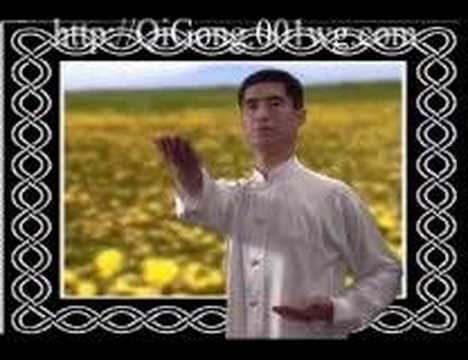
There are a number of schools of exercise which incorporate elements of Liu Zi Jue, including Yi Jin Jing, Ba Gua Zhang and Da Yan Gong, but the sounds are used as an aid to physical exercises in these dynamic Qigong which is different from Liu Zi Jue. An authoritative work on the subject is Ma Litang's Liu Zi Jue Health and Fitness Exercises for clinical application.
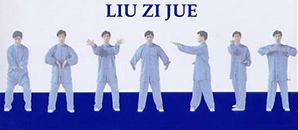
The theoretical basis of the Liu Zi Jue exercises is in line with the ancient theories intrinstic to Traditional Chinese Medicine of the Five Elements and the Five Solid Viscera. They tend to be on common ground on such issues as mouth forms and pronunciation methods, and the direction of body movements and mind follow the inner circulation law of the meridians.
The sounds/sections
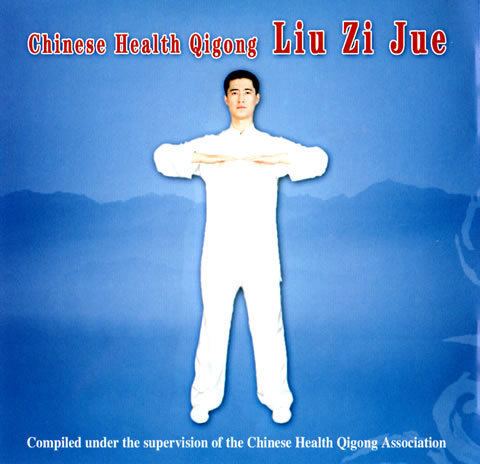
All syllables are pronounced on a level tone - the so-called first tone (regardless of the dictionary pronunciation of each word); typically all but the fifth sound are sustained - the fifth sound may be sustained, or pronounced quickly and forcefully.
